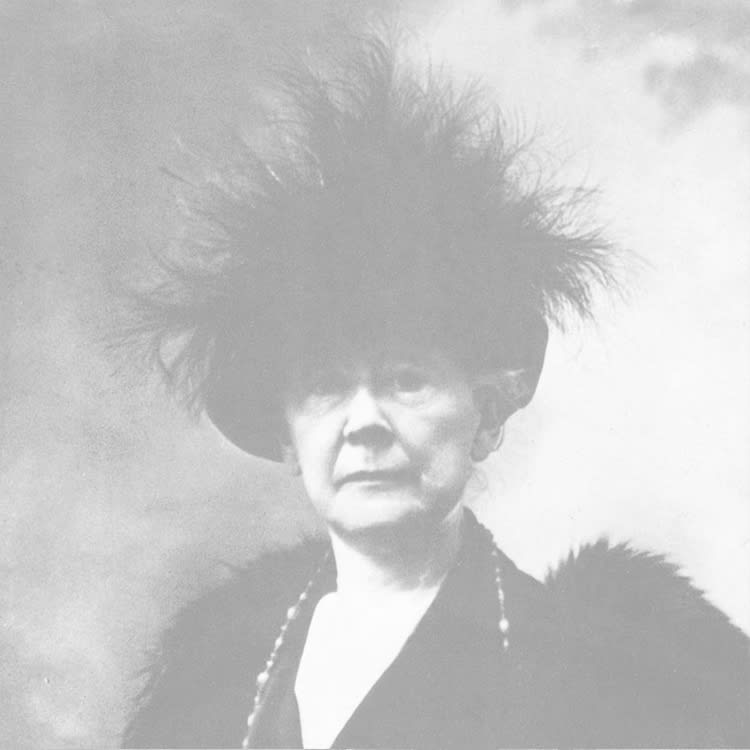MARY CASSATT 1844-1926
Mary Cassatt (1844-1926) was a renowned American Impressionist painter, whose works are exhibited at HELENE BAILLY gallery. Known for her intimate and modern approach to female portraiture and motherhood, she captured the grace of everyday life and the deep bonds of family with remarkable sensitivity.
A pioneer and key figure of Impressionism, Cassatt played a crucial role in promoting the movement in the United States. Through her influence on collectors and institutions, she helped bring Impressionist masterpieces into the most prestigious American museums.
In 1866, she moved to Paris to refine her craft. After a brief return to the United States during the Franco-Prussian War in 1870, she traveled back to Europe, where she studied Italian Renaissance art and began exhibiting at the Paris Salon in 1872. Under the influence of Camille Pissarro, her style evolved rapidly. Noticed by Edgar Degas, she was invited to join the Impressionist group, becoming one of the few women associated with the movement.
From 1886 onwards, as the Impressionist group began to disperse, Mary Cassatt became an artist who asserted her independence, experimenting with printmaking and oil painting. She devoted herself to a recurring theme that would define her work: mother and child, depicted with a tenderness and modernity that earned her widespread acclaim.
In 1891, she held her first solo exhibition at Durand-Ruel in Paris, solidifying her reputation in the art world. Upon returning to the United States in 1900, she played a key role in promoting Impressionism, advising influential collectors such as the Havemeyer family, who helped introduce Impressionist masterpieces into major American museums.
Suffering from rheumatism and cataracts, Mary Cassatt was an artist who stopped painting in 1914, as she gradually lost her vision. She passed away in 1926 at Château de Beaufresne, near Paris, leaving behind a remarkable artistic legacy and a major contribution to the spread of Impressionism in the United States.
